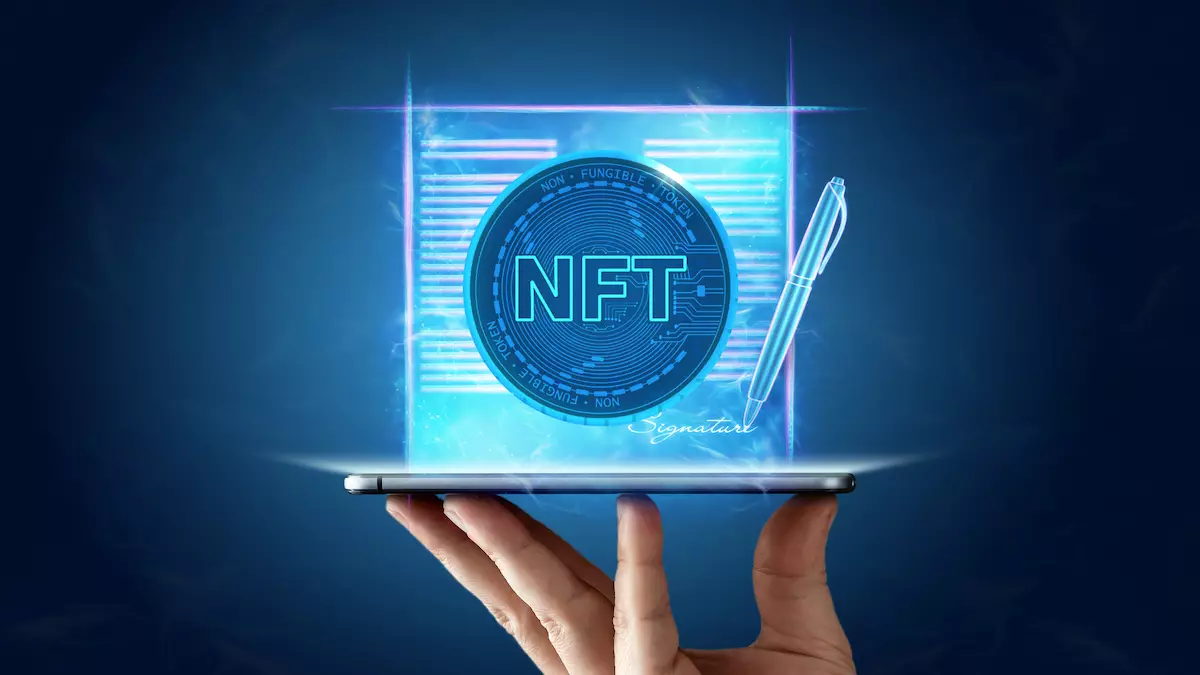The ever-evolving landscape of technology has given birth to a revolutionary concept known as NFTs (Non-Fungible Tokens), which are redefining the notion of digital ownership and interaction. However, taking this concept even further, Autonomous NFTs have emerged, creating a unique blend of NFTs and self-executing properties of smart contracts. In this article, we will explore the concept of Autonomous NFTs, their functionalities, and the potential impact they hold for various industries.
Autonomous NFTs represent a progressive advancement in the world of NFTs by introducing self-governing features into these digital assets. While NFTs are already unique digital items, Autonomous NFTs have the additional capability of executing specific actions automatically under certain conditions, thanks to smart contracts. The integration of self-executing code enables these NFTs to carry out actions such as transfer ownership, release content, or interact with other NFTs without the need for intermediaries.
Autonomous NFTs have the potential to bring about a transformative era in digital asset technology by incorporating several advanced features. Let’s explore some of these potential advancements:
1. Transparent and Inclusive Governance
By utilizing decentralized consensus mechanisms, Autonomous NFTs can introduce more transparent and inclusive governance systems. These mechanisms allow for collective decision-making and the management of resources, fostering a democratic approach within the digital space.
2. Adaptability and Evolution
The integration of machine learning algorithms enables Autonomous NFTs to adapt and evolve based on user interactions and changing environments. This means that these NFTs are not static but can dynamically respond to external stimuli, creating a more interactive and engaging experience for users.
3. Real-World Data Integration
Through the use of oracles, Autonomous NFTs have the ability to connect with real-world data, enabling them to make informed decisions based on up-to-date information. This integration with external data sources enhances the functionality and intelligence of these NFTs.
Applications in Different Industries
The potential impact of Autonomous NFTs extends across a wide range of industries. Let’s explore a few key areas where their influence could be significant:
1. Digital Art
Autonomous NFTs could revolutionize the way artists create and share their work. By programming royalties directly into the NFTs, artists can receive compensation automatically every time their work is sold. Additionally, by adding layers of interaction and history, Autonomous NFTs can enhance the value and appeal of collectibles, creating a living story for the owner.
2. Gaming and the Metaverse
In the realm of gaming, Autonomous NFTs have the potential to offer interactive quests and dynamic storylines as non-playable characters (NPCs). By assuming specialized roles, these NFTs can create a more lively, collaborative, and immersive experience within virtual worlds. Furthermore, NFT wearables for avatars can react to various in-game conditions and updates, enhancing the overall gaming experience.
3. Finance and Real Estate
Autonomous NFTs can play a significant role in finance by representing shares in physical assets such as real estate or artwork. These tokens can autonomously distribute earnings based on the asset’s performance or usage. Additionally, smart contracts within Autonomous NFTs could facilitate transactions like mortgages or leases, automating terms enforcement and managing payments without traditional banking services.
4. Intellectual Property Rights
Autonomous NFTs offer enhanced protection for creators’ intellectual property rights. By embedding copyright and licensing information within the NFT, creators can maintain control over the usage of their work. However, enforcing these rights in the digital realm remains a challenge as technology continues to evolve.
5. Regulatory Challenges and Technical Hurdles
As with any emerging technology, Autonomous NFTs face regulatory challenges that need to be addressed for widespread adoption. Compliance with existing laws and the development of new frameworks are crucial aspects to ensure the legitimacy and security of these digital assets. Moreover, the complexity of smart contracts and scalability issues within blockchains must be overcome to realize the full potential of Autonomous NFTs.
The future of Autonomous NFTs holds the promise of a more interactive and dynamic digital world. As technology advances, we can anticipate these tokens becoming more sophisticated, leading to richer digital experiences for creators and users. Moreover, Autonomous NFTs have the potential to drive innovation in ownership and monetization models, opening new avenues for creativity and business.
Autonomous NFTs represent a significant leap forward in the realms of digital ownership and interaction. With their autonomous nature and ability to interact with their environment, these tokens have the potential to revolutionize industries ranging from art and entertainment to finance and real estate. As awareness grows and technology matures, the adoption of Autonomous NFTs is likely to accelerate, creating a future where digital and physical assets coexist on the blockchain, and ownership becomes as dynamic and multifaceted as the assets themselves.


Leave a Reply